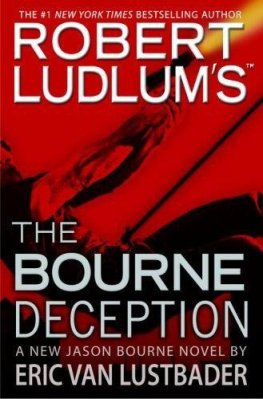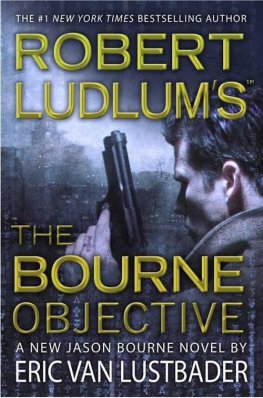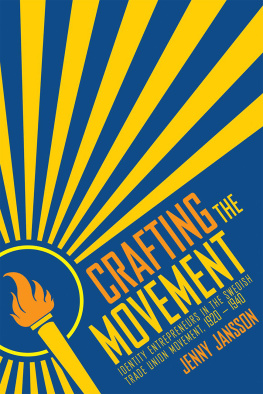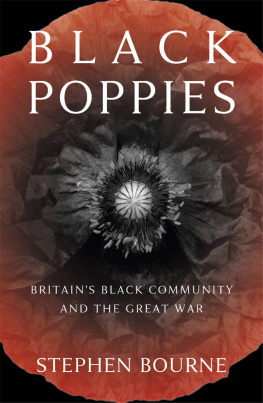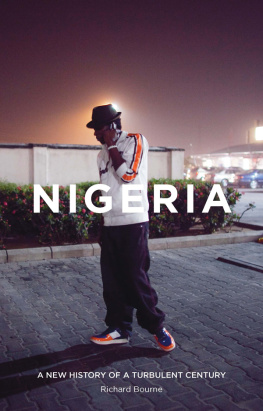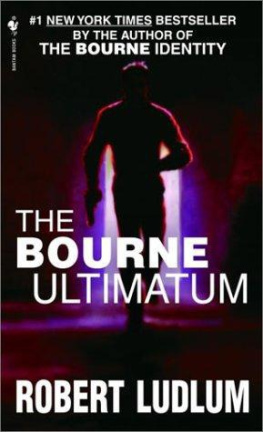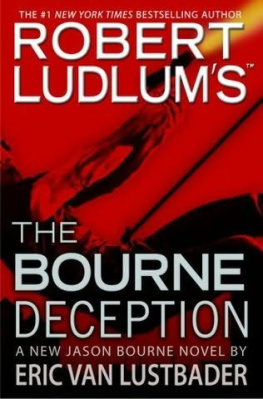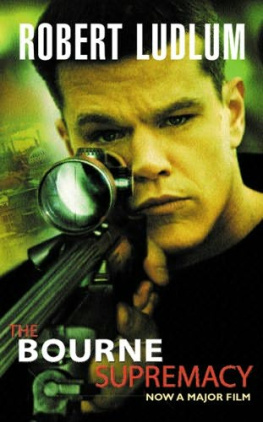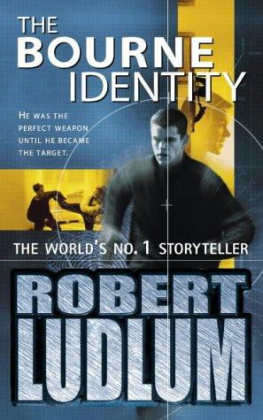Ohio University Press, Athens, Ohio 45701
ohioswallow.com
2017 by Ohio University Press
All rights reserved
To obtain permission to quote, reprint, or otherwise reproduce or distribute material from Ohio University Press publications, please contact our rights and permissions department at (740) 593-1154 or (740) 593-4536 (fax).
Printed in the United States of America
Ohio University Press books are printed on acid-free paper

27 26 25 24 23 22 21 20 19 18 17 5 4 3 2 1
Library of Congress Cataloging-in-Publication Data available upon request.
Hardcover ISBN 978-0-8214-2236-6
Paperback ISBN 978-0-8214-2237-3
eISBN 978-0-8214-4581-5
book supported by Figure Foundation progress with truthSeries Editors Preface
For much of American history the term Midwest evoked images of endless fields of grain, flat, treeless landscapes, and homogenized populations in small towns. Most Americans hear Midwest and think of corn, wheat, soybeans, massive feedlots, huge pig farms, and countless dairy herds. The cinematic Midwest was River City, Iowa, in The Music Man; Dorothy trying to escape Oz and get back to Kansas; the iconic power of small-town basketball portrayed in Hoosiers; or a mythical baseball diamond in rural Iowa in Field of Dreams. In the late twentieth century, images of deindustrialization and decay linked the region to a new identity as the nations Rust Belt. For too many Americans, the Midwest has been flyover country.
This book series explores regional identity in the nations past through the lens of the American Midwest. Stereotypical images of the region ignore the complexity and vibrancy of the region, as well as the vital role it has playedand continues to playin the nations economy, politics, and social history. In the antebellum and Civil War periods the Midwest was home to virulent racist opponents of black rights and black migration but also to a vibrant antislavery movement, the vigorous and often successful Underground Railroad, and the political and military leadership that brought an end to slavery and reframed the Constitution to provide at least formal racial equality. A midwestern president issued the Emancipation Proclamation, and midwestern generals led the armies that defeated the southern slaveocracy. Midwestern politicians authored the Thirteenth Amendment ending slavery and the Fourteenth Amendment mandating legal equality for all Americans. The political impact of the region is exemplified by the fact that from 1860 to 1932 only two elected presidents (Grover Cleveland and Woodrow Wilson) were not from the Midwest. Significantly, from 1864 until the 1930s every Chief Justice but one was also a midwesterner.
While many Americans imagine the region as one of small towns and farms, the Midwest was the home to major urban centers. In 1920 three of the five largest cities in the nation were in the Midwest, and even today, despite massive migration to the sunbelt, there are four midwestern cities in the top fifteen. The great urban centers of the Midwest include Chicago, Detroit, Cincinnati, Cleveland, Columbus, Indianapolis, Milwaukee, Minneapolis, St. Louis, and Kansas City. For a centuryfrom the late nineteenth century to the late twentieth centurythe region was not only an agricultural heartland but also the nations industrial heartland. Many of the key industries of the twentieth century began in the Midwest and developed there. Many midwestern cities were known by the industries they dominated, such as Detroit (automobiles), Toledo (glass), Akron (rubber), flour and milling (Minneapolis), and even breakfast cereals (Battle Creek). While most Americans associate the oil industry with Texas and Oklahoma, it began with John D. Rockefellers Standard Oil Company in Cleveland. The airplane industry began with the Wright Brothers in Ohio and with the manufacturing of planes in Wichita. While Pittsburgh (which was almost a midwestern city) called itself the steel city, more steel was manufactured in Youngstown, Gary, Chicago, Cleveland, and other midwestern cities, usually from ore that came from Minnesotas Iron Range. The Midwest was always Americas agricultural heartland, producing grains, pork, beef, and dairy products. But this food production led to midwestern industries beyond the farms. Beef and pork raised in the Midwest were processed and packaged in Cincinnati in the antebellum period, and later in Chicago and other cities. Midwestern farmers and food processors fed the nation at lunch and dinner, while General Mills, Kellogg, and Quaker Oats, complemented by bacon from Swift, Armor, and Hormel, provided breakfast for the nation. The cows and hogs that fed the nation were themselves fed by midwestern feed companies, while the crops were cultivated and harvested using machines built by International Harvester, John Deere, Massey-Ferguson, and similar companies.
All of these products were grown, processed, and manufactured by migrants from the East and the South, and immigrants mostly from Central, Eastern, and Southern Europe and the Ottoman Empire. The Midwest of the popular imagination was homogeneous and almost boring; in reality the Midwest that emerged in the early twentieth century was as culturally, ethnically, racially, and religiously diverse as it was economically diverse.
The books in this series capture the complexity of the Midwest and its historical and continuing role in the development of modern America.
Jenny Bournes study of the Granger Movement illuminates much about the Midwest and its role in the nation. The movement came out of Americas heartland, as farmers in postCivil War America felt squeezed by large economic forces, powerful railroads, and other industries (such as those manufacturing tractors and other farm equipment). Railroads, large processing companies, and middlemen controlled the cost of moving goods to marketbut the farmers themselves had little power to respond to these powerful entities. The Granger Movement was an attempt by farmers to level the playing field through collective cooperation, voting, and legislation. As Professor Bourne teaches us in this book, sometimes the movement succeeded, but often it failed. Beyond the economic factors, however, the movement also provided education, opportunities for knowledge, and camaraderie among midwestern farmers that helped sustain them in many ways, while sometimes also improving midwesterners economic circumstances.
Paul Finkelman
L. Diane Barnes



